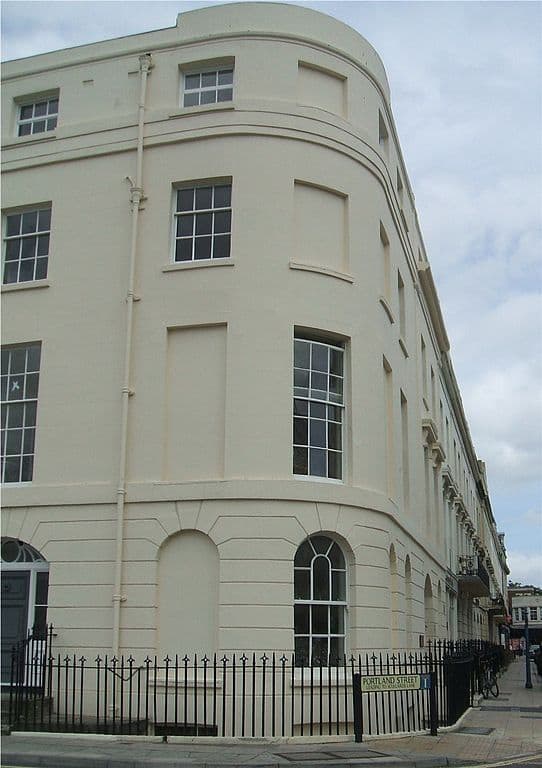How Property Taxes Shape Our Cities
“In this world, nothing can be said to be certain except death and taxes.”
One of the core messages that Strong Towns and Urban3 share is that professionals in urban planning and city finance should work in tandem. Specifically, planners should pay attention to property taxes and assessors should pay attention to planning, because a failure to do so can lead to a multitude of unintended consequences in our cities. Over the next few weeks, I will share a series of articles based on Josh McCarty’s work at Urban3, spotlighting the follies of property taxes wielded indiscriminately.
How taxes shape our cities
Property taxes elicit a behavioral impact on urban design, just as planning policy shapes tax revenue. If bricks are taxed higher than wood, wood becomes a more attractive building resource to developers. If larger lots are taxed lower per acre, local government incentivizes larger lots and auto-oriented development.
As a result, property taxes have shaped our cities in ways that are often hard to spot. Throughout history, these nearly invisible forces have encouraged distinctive architectural features that ended up characterizing whole cities. Many of these peculiarities are widespread and date back to the 17th century at least. Here are a few examples:
The classic roof design on Paris buildings is partly the result of taxation laws created in the 17th century. (Source: Scooter Lowrimore)
Mansard roofs in Paris
Paris has a rich legacy of urban design dating back hundreds of years, and one of its most recognizable features is the ubiquity of the mansard roof. In the early 17th century, buildings were taxed by the number of floors leading up to the cornice of the roof.
Architect François Mansart ingeniously responded to this rule by hiding an additional story or two under the roof for additional living space, rendering it exempt from taxation.
In his study of economic institutions, Dr. Daniel Bromley summarizes that “The distinctive architecture of Paris, with its mansard roofs, is a reminder that institutions can give rise to behaviors and particular outcomes that, over time, become not only the norm but also symbols of great beauty and admiration.”
Narrow canal houses in Amsterdam are evidence of past tax laws. (Source: Connor Nielsen)
Canal houses in Amsterdam
When Amsterdam was meticulously planned in the Dutch Golden Age, canals were the most important mode of transportation in the city. Canal access was crucial for merchants, so the government answered the demand by taxing houses based on the width of their canal frontage rather than height or depth.
The outcome was Amsterdam’s famously narrow buildings. When I visited the city a few months ago, I made a point to snag a picture of Singel 7, supposedly the skinniest house in the world (see the photo on the right).
According to my guide, Amsterdammers today take pride in their unmistakable urban design as a spatial manifestation of their mercantile heritage that blends commerce with art. This happened largely due to its property tax policies, not in spite of them.
Some British buildings featured covered or bricked over windows as a result of tax policy. (Source: Whilesteps)
Windows in England
Of course, not every instance of this phenomenon has resulted in aesthetically pleasing urban design quirks. In 1696, the British Crown enacted a tax on windows. For early assessors, counting the windows on a building was a crude way to estimate the proprietor’s income. Houses in England were taxed by unit at a flat rate, then proportionally upward dependent on the number of windows.
In response, homeowners simply removed their glass from their windows and sealed them with bricks. It was an unsightly but cost effective response. Kohlstedt points out that “though they were repealed in most places well over a century ago, the legacy of bricked-up windows remains on many old structures.”
---
Taxation is a powerful planning tool, whether we want it to be or not. If we fail to unify our local finance system with our planning goals, we end up with fewer mansard roofs on mixed-use buildings, and more bricked-up windows and municipal debt.
Next week, I’ll dive into an example derived from Urban3’s analysis that explains how property taxes in Lafayette, Louisiana might be driving developers to scatter bales of hay on their properties. The reason may surprise you.
Read the next article in this series, "When a Farm Isn't Really a Farm."
(Top photo by Connor Nielsen)




Connor Nielsen is an intern with Strong Towns and the geoanalytics firm, Urban3, for the summer of 2018. He studies Economic Development and Dramatic Art at the University of North Carolina at Chapel Hill. He is passionate about storytelling and urbanism, and he seeks to unite these fields by advocating for urban design in new and compelling ways. He also enjoys acting, producing theater, hiking, and traveling.